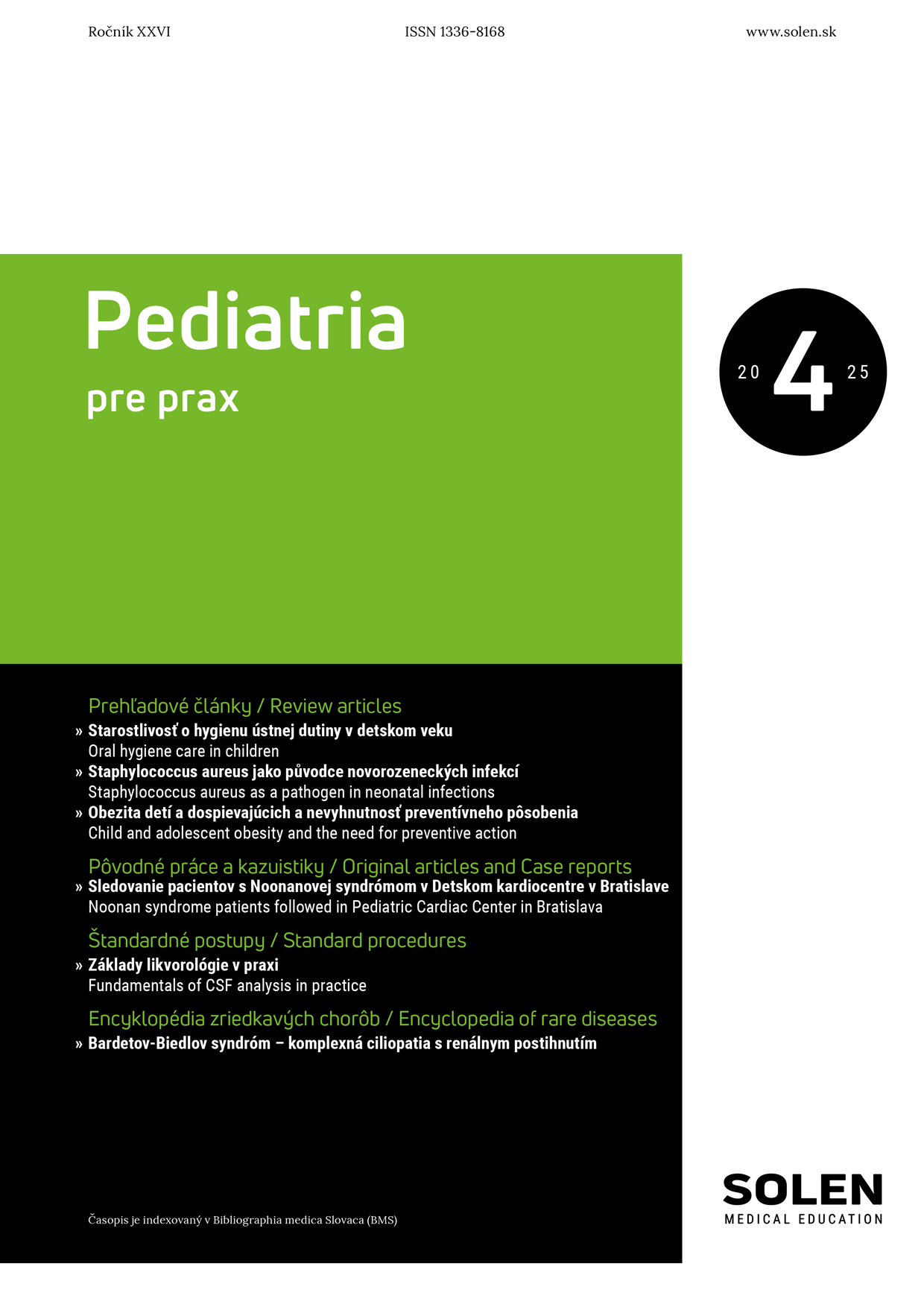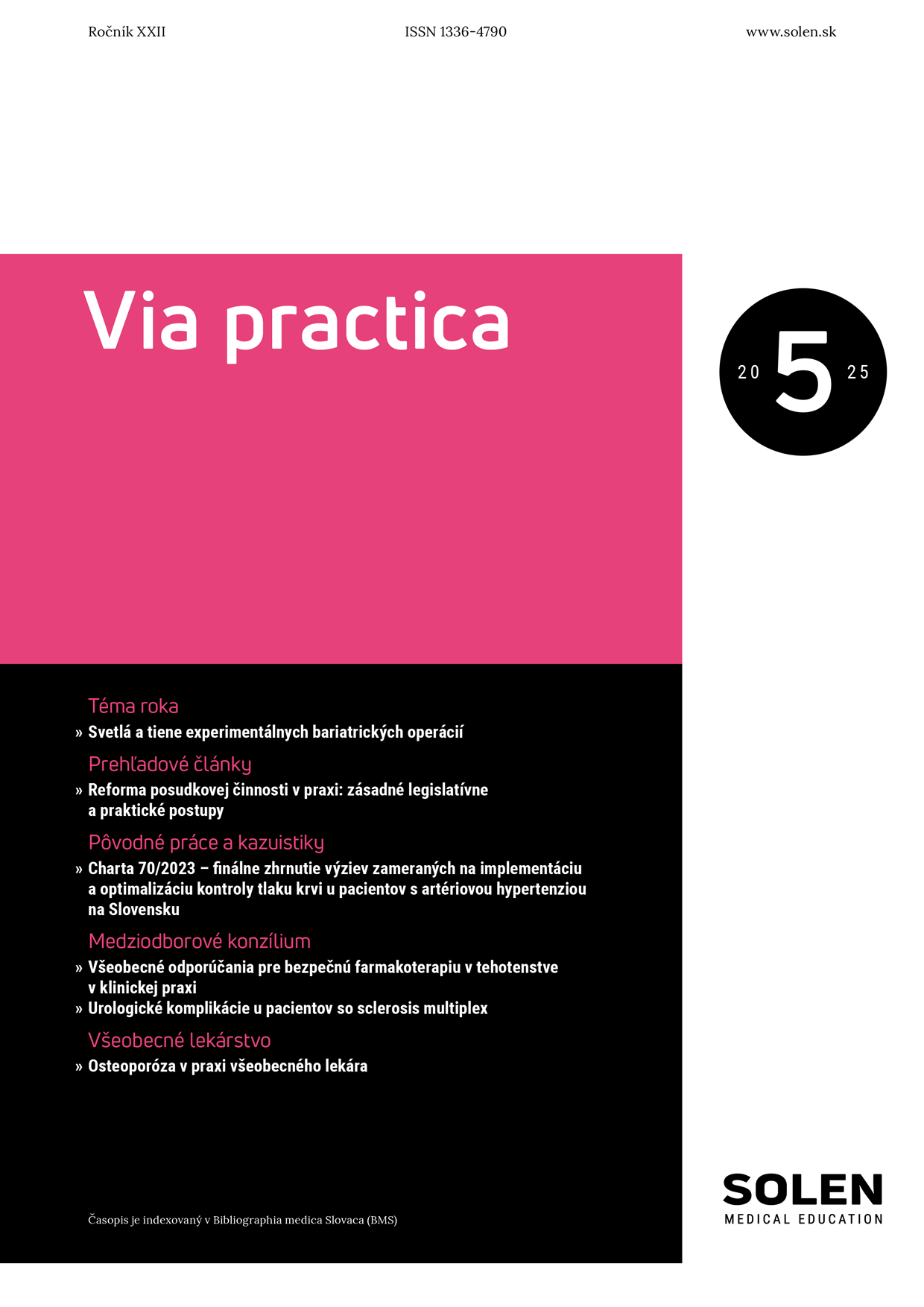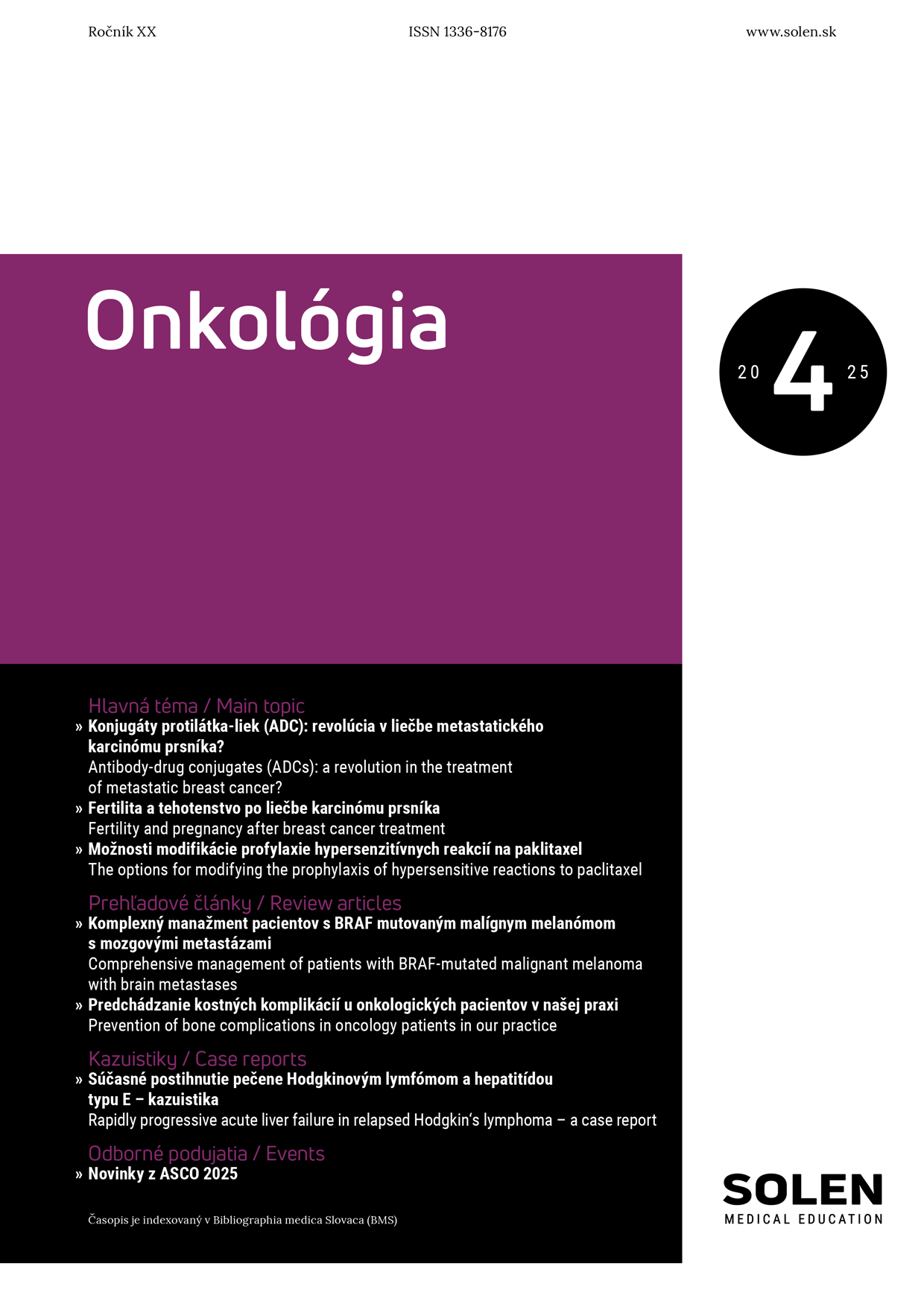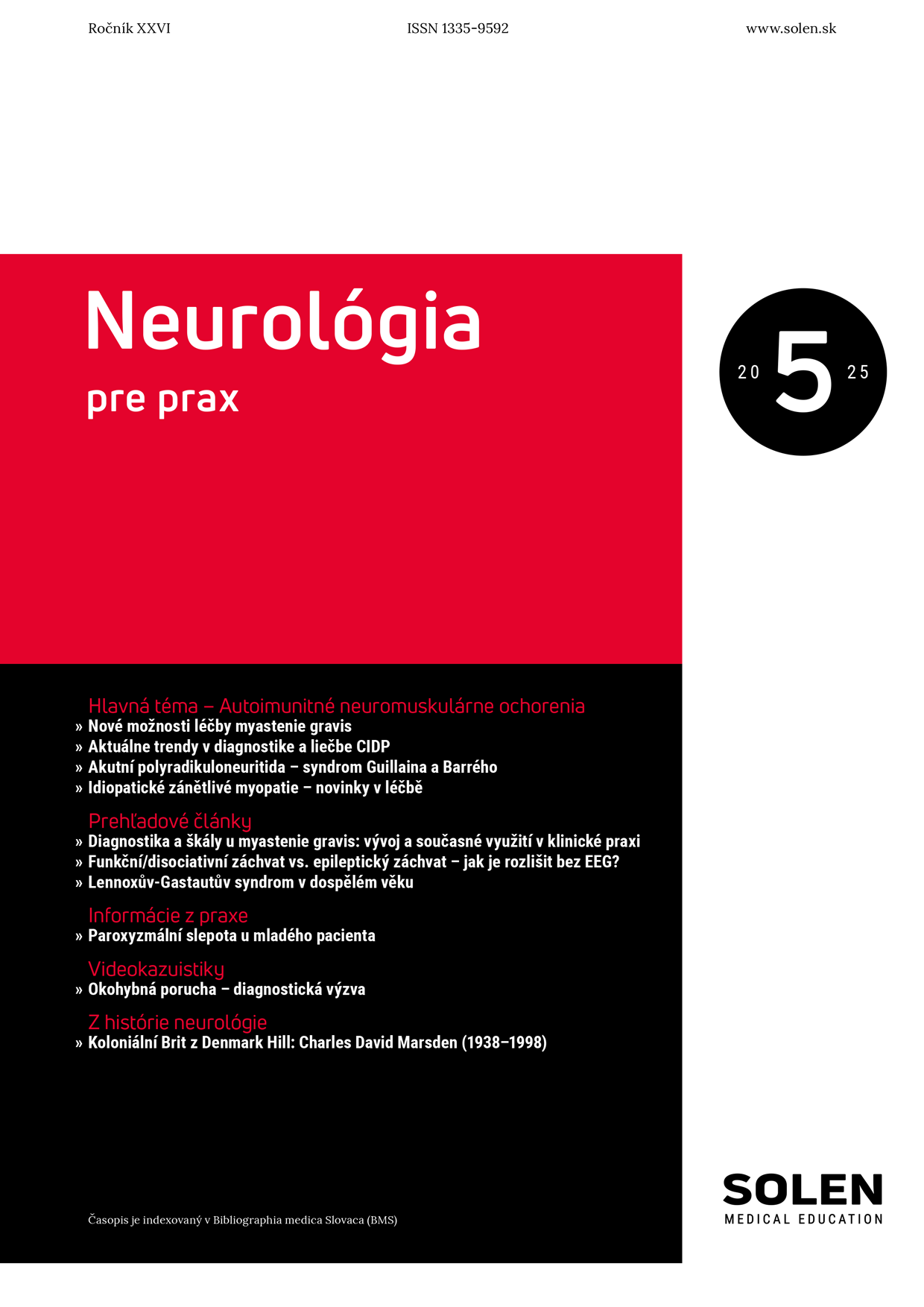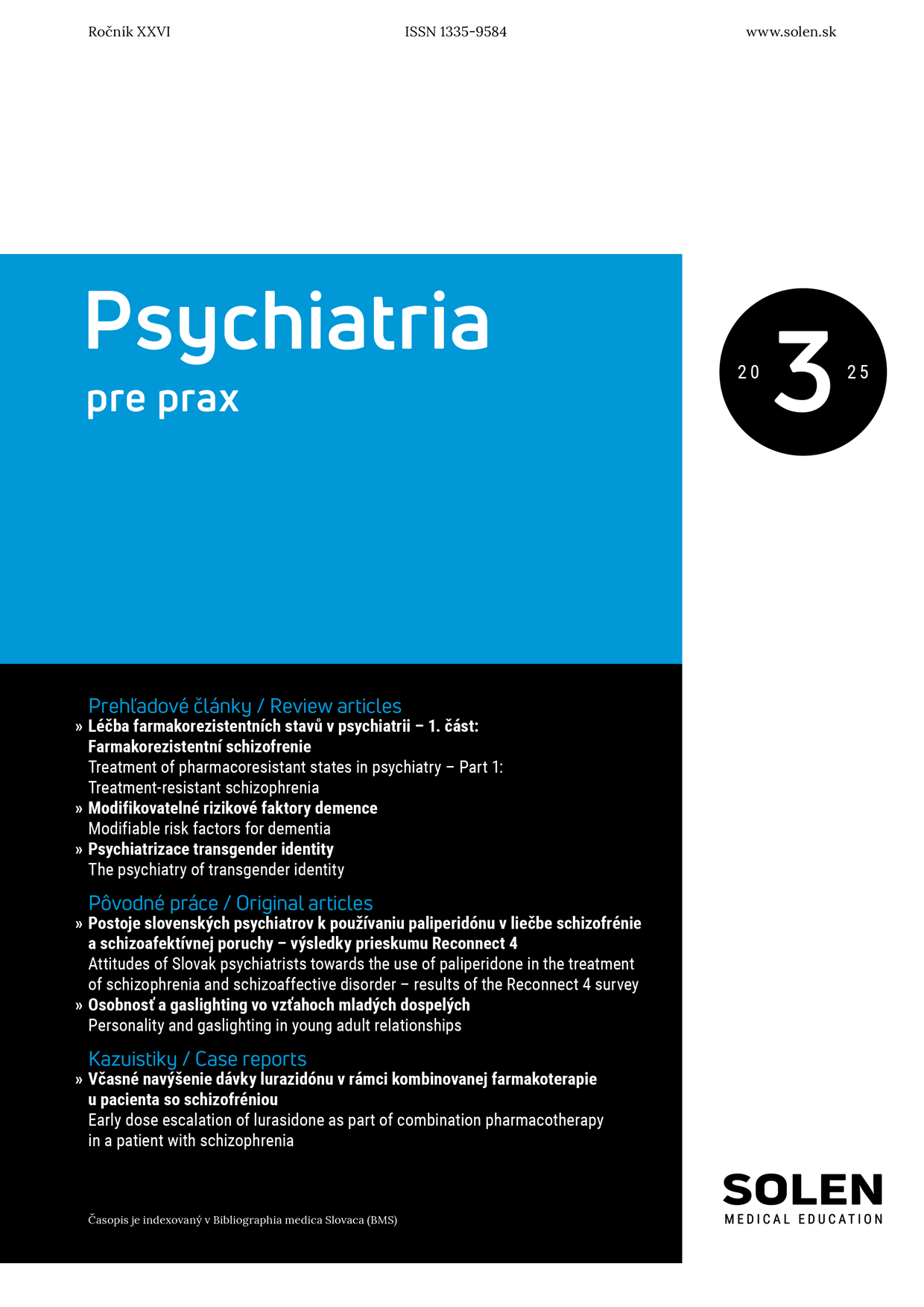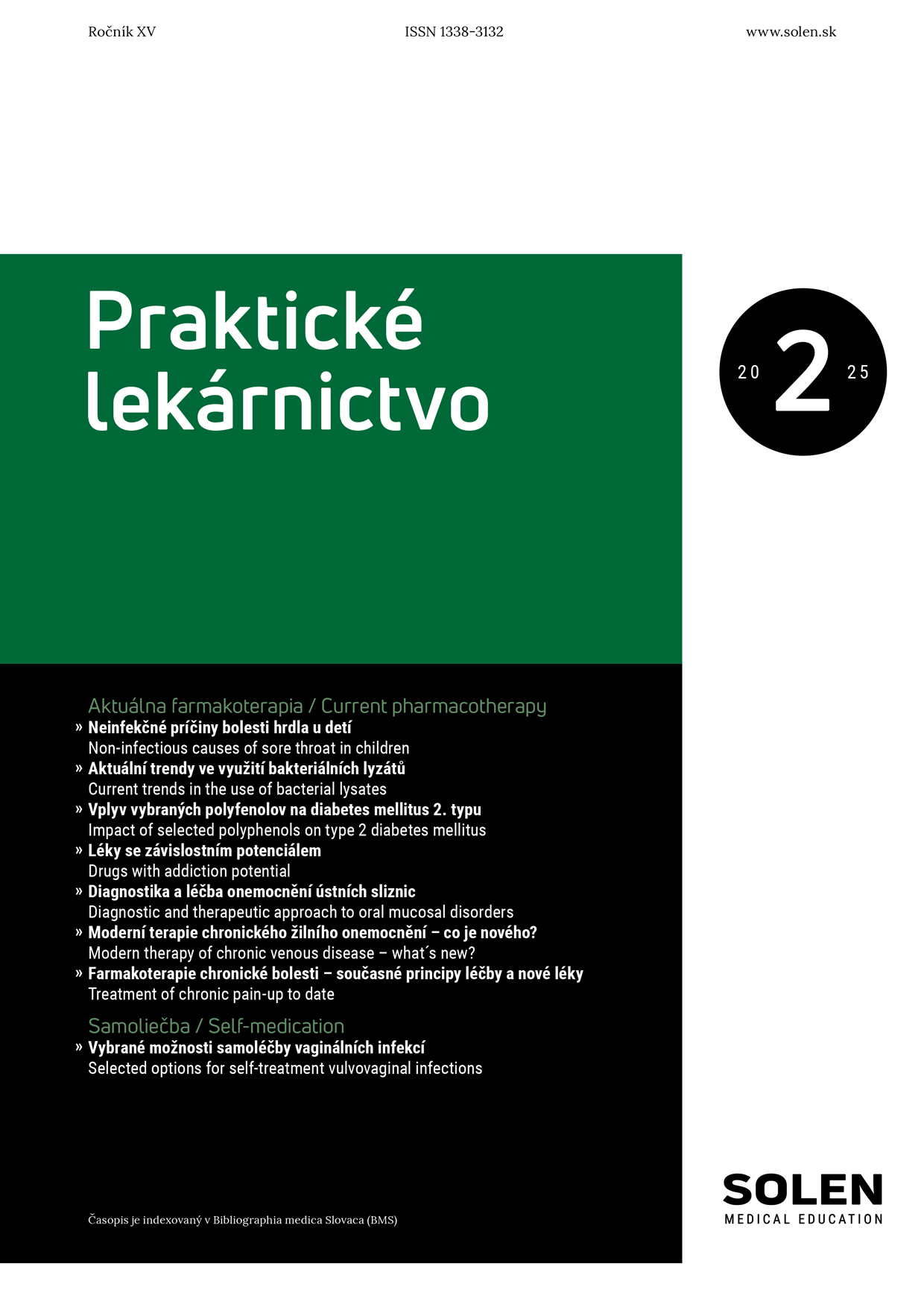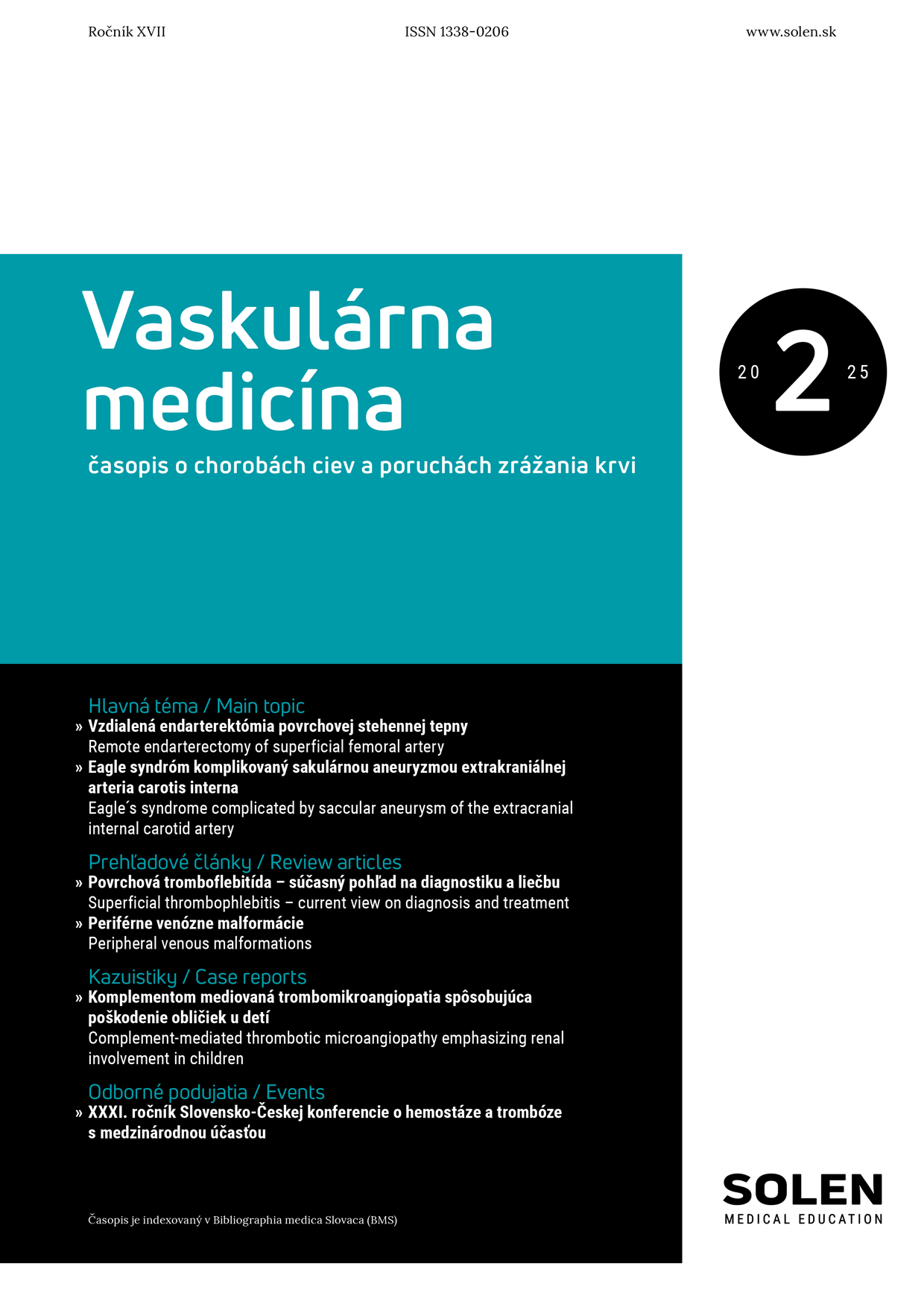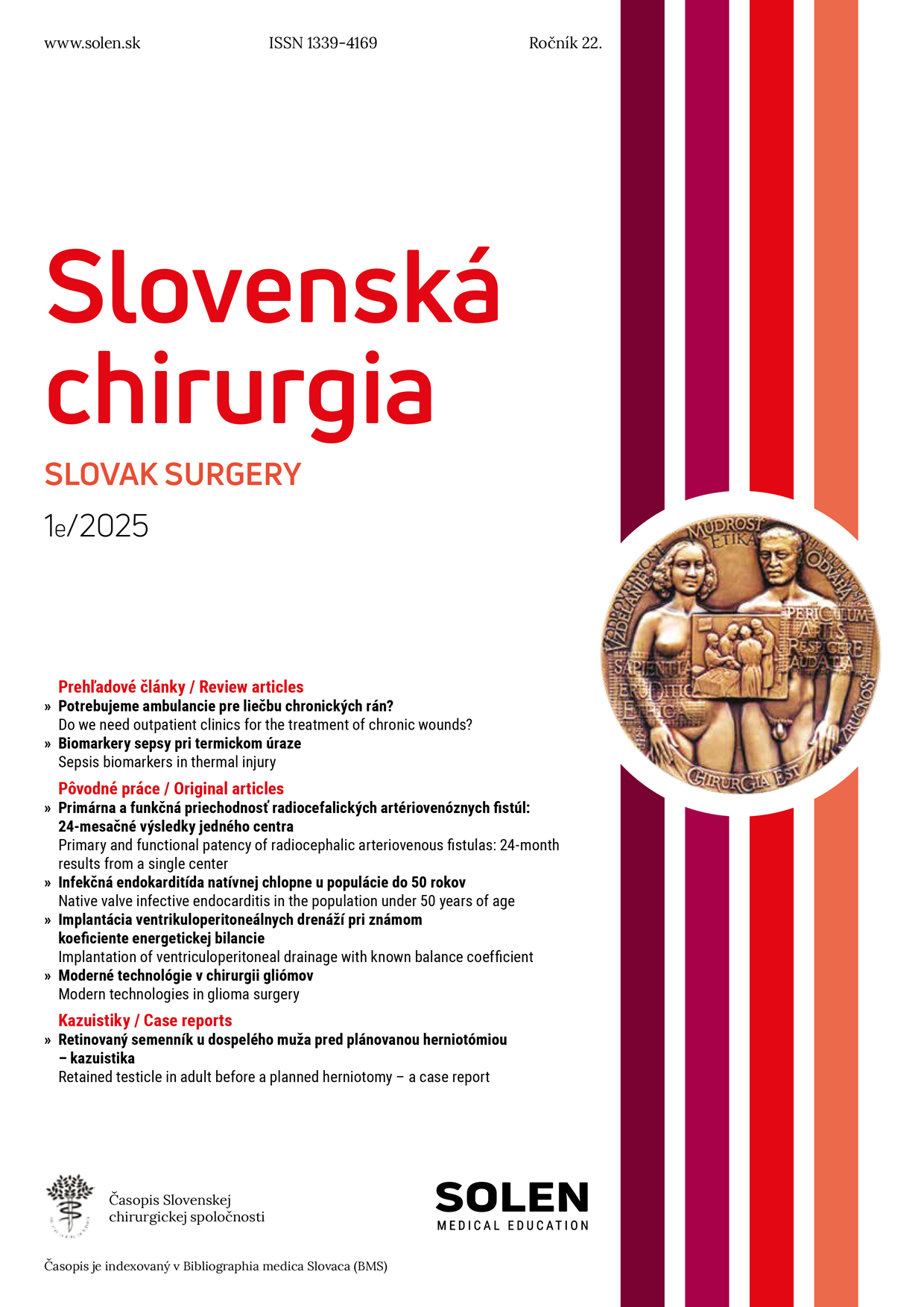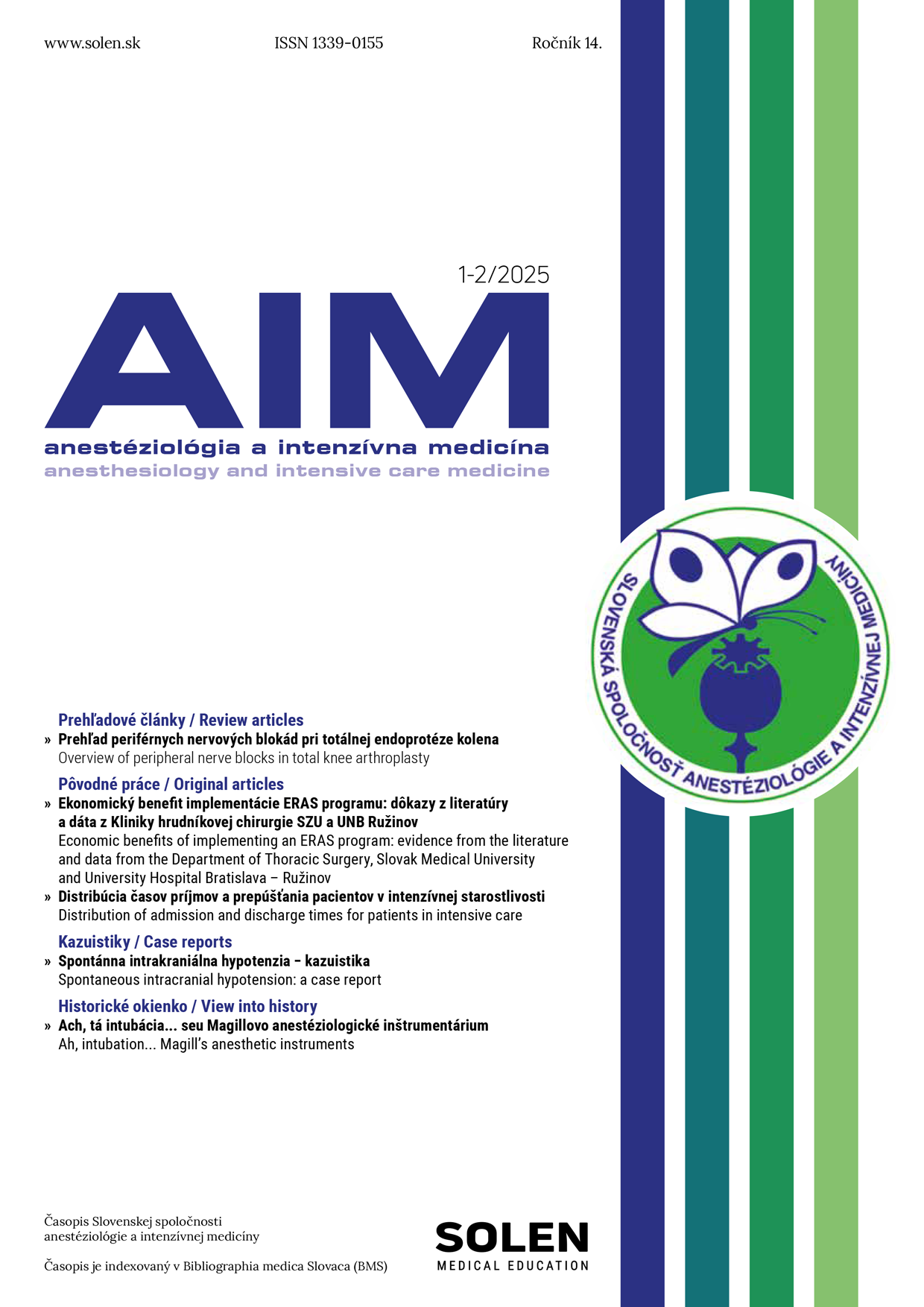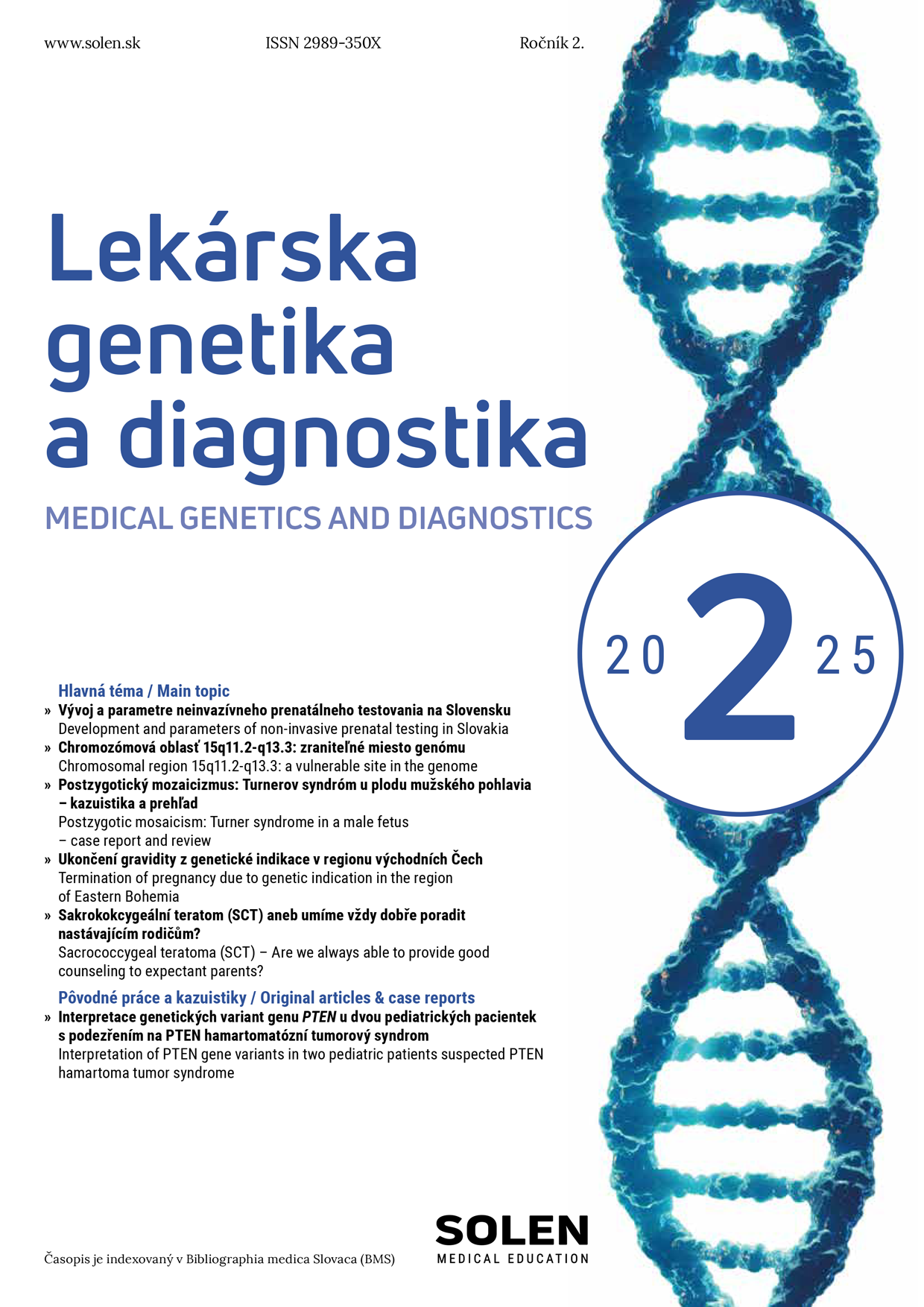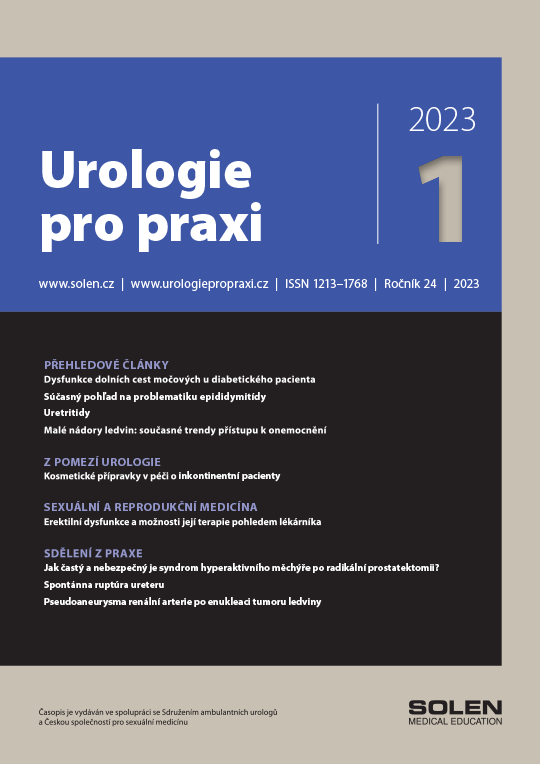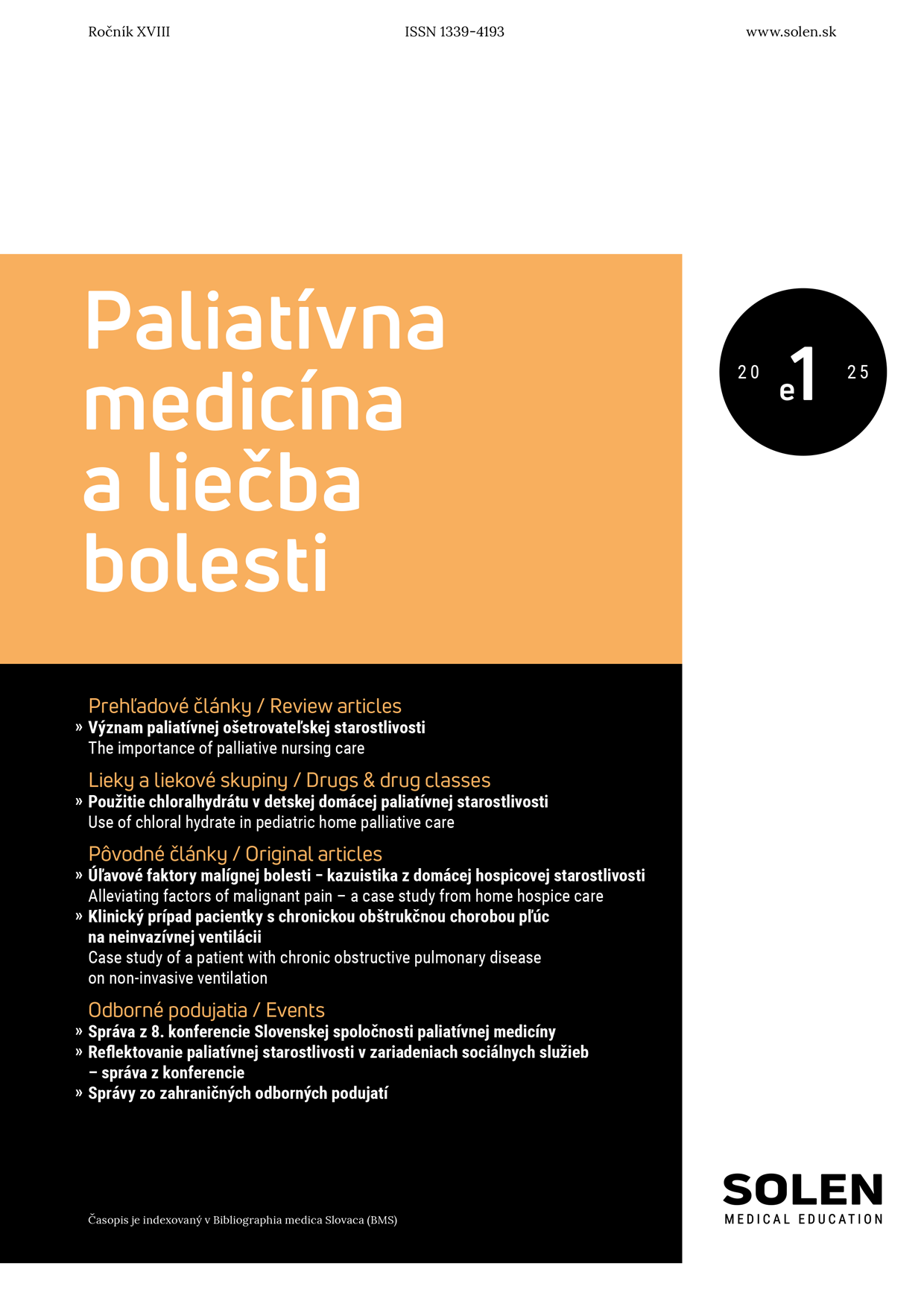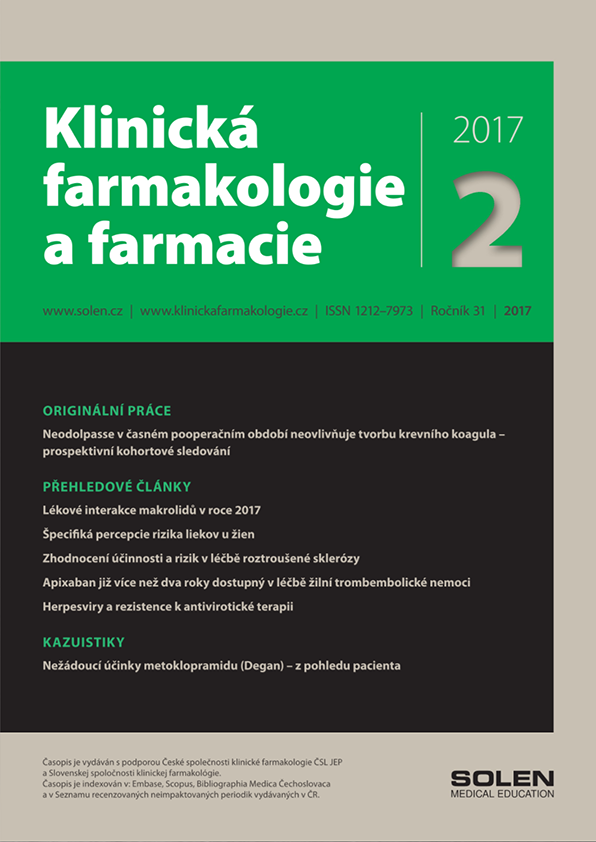Onkológia 6/2024
Treatment of GvHD in a patient with acute myeloid leukemia after allogeneic related hematopoietic stem cell transplantation – a case report
Introduction: Allogeneic hematopoietic stem cell transplantation (HSCT) represents the most effective and potentially curative treatment for patients with intermediate- and high-risk acute myeloid leukemia (AML). Graft-versus-host disease (GvHD) is a systemic inflammatory condition, primarily mediated by the transplanted immune system, that can result in severe multi-organ damage. Case report: We present the case of a 40-year-old male diagnosed with de novo AML, NPM1-positive, favorable risk group. Following induction chemotherapy that achieved complete remission and subsequent consolidation therapy, the patient underwent a related allo- HSCT. Post-transplant, the patient developed both acute and chronic GvHD, affecting the lungs, liver, and skin. First-line treatment for GvHD included corticosteroids combined with cyclosporine. Due to a refractory disease course, second-line therapy was initiated, incorporating mycophenolic acid, extracorporeal photopheresis, ruxolitinib, and imatinib. The treatment was complicated by infections, including BK virus-associated cystitis, cytomegalovirus pneumonia, and an intra-abdominal infection following cholecystectomy, which led to recurrent septic episodes. Conclusion: The combined therapeutic approach resulted in stabilization of GvHD, improvement of the patient’s clinical condition, and functional rehabilitation. The patient is currently undergoing gradual reduction of immunosuppressive therapy. Corticosteroids remain the standard first-line treatment for both acute and chronic GvHD. However, steroid-refractory GvHD continues to pose a significant medical challenge, associated with high morbidity and mortality.
Keywords: acute myeloid leukemia, hematopoietic stem cell transplantation, graft-versus-host disease


